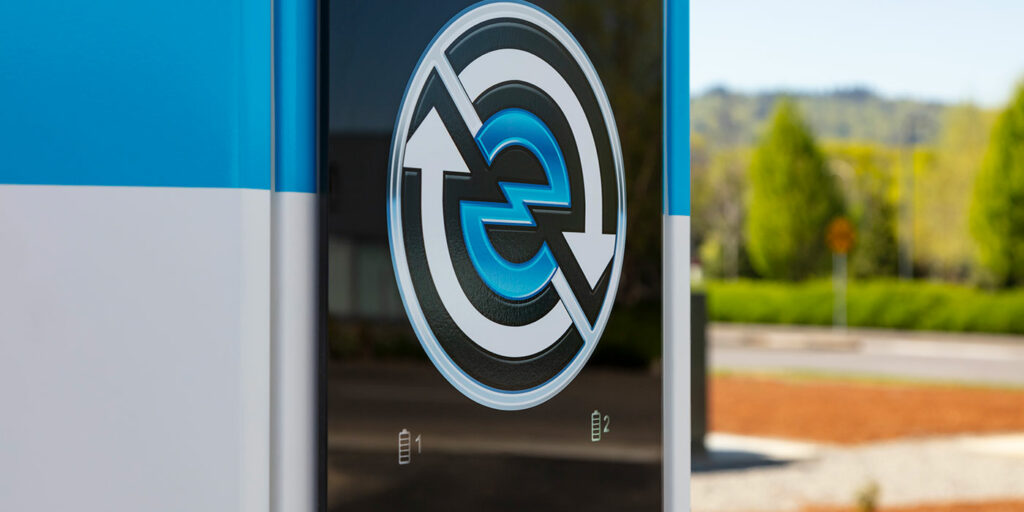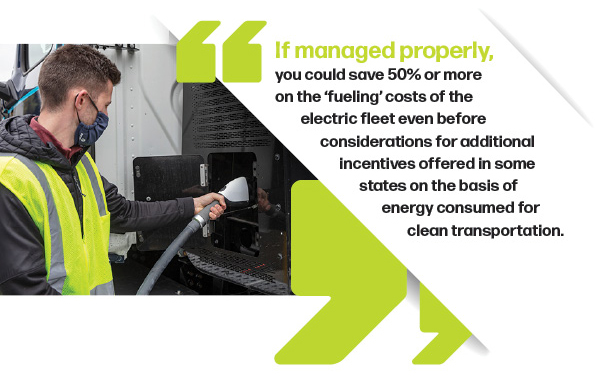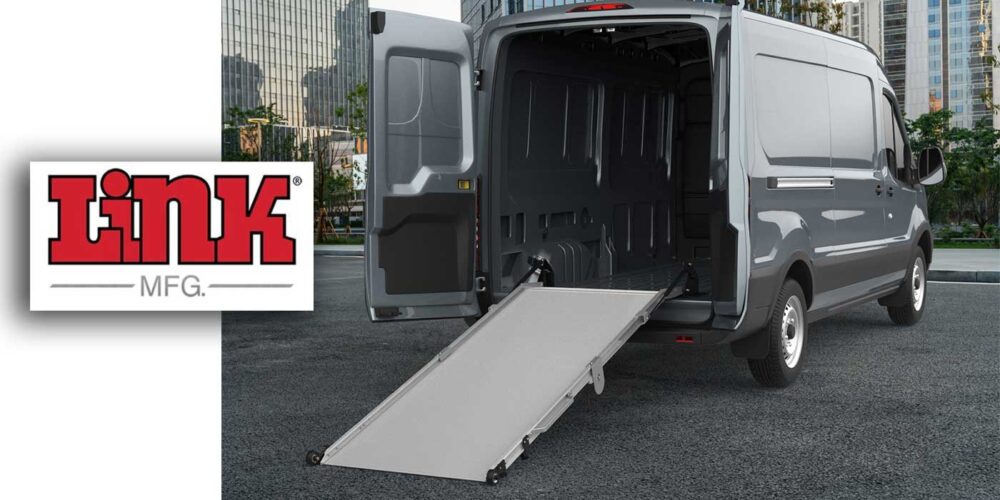So, the time has come for your fleet to go battery electric. You’ve done the research to determine the right battery electric trucks for your fleet, but equally as important is knowing your charging needs. What are the space requirements to build out the charging station infrastructure on-site? How efficient do you need your charging to be? Do you know if you need AC or DC charging? Not to mention, calculating electricity costs is much more difficult than calculating the cost of diesel fuel.
Answering those questions is just scratching the surface.
The good news is you aren’t alone in your quest to develop the ultimate BEV solution for your individual fleet. There are dozens of experienced battery electric charging station OEMs ready to help set a course for success.
“Finding an experienced team to help you navigate the specific charging needs of your fleet is one of the first steps a fleet manager can do to ensure a reliable and profitable transition to commercial battery electric vehicles,” says Nathan Hill, head of charging infrastructure for Daimler Trucks North America. “A good place to start is to speak with your sales representatives at the dealership who can give you basic guidance regarding charger specification and installation. Several of the charger manufacturers and some vehicle OEMs offer consulting services specially on this topic.”
For example, he says the new Detroit eConsulting team at Daimler Trucks North America offers a range of consulting packages ranging from free general guidance and overviews, to complete site optimization packages that include preliminary construction drawings, energy rate schedule analysis and recommendations, and 3D renderings (you can find more on Detroit eFill chargers here).
Keep in mind there is no “typical” timeline for a fleet to install charging stations on-site. Hill advises the size of deployment and the amount of excess power capacity on the local electric grid infrastructure can have a huge influence on the timeline for installing new, private charging depot installations. However, he says for most charging infrastructure projects expected to support under 20 vehicles, facility and fleet manager teams should plan on an average of six-to-nine months for the entire process.
The big questions
Hill recommended working with your team to answer the following questions when determining charging infrastructure needs:
- How much energy will each vehicle consume on an average day? What’s the maximum energy consumption expected for a single day/shift?
- What charging standard is used by the vehicle(s)?
- What is the voltage range of the batteries?
- Is a DC or AC type charger required?
- Is remote control or monitoring beneficial?
- In what ambient conditions will my charger be operating?
- What chargers have been tested and validated to perform well with the planned vehicles?
- What length of cables is required for my parking situation?
- Is cable-management important to protect the charging cables and prevent tripping hazards?
- How many chargers do I need to support the current and future of the electric vehicle fleet?
- What chargers qualify for local, state or federal subsidies?
- Which chargers have financing options?
Determining cost
Of course, one of the major drivers for switching to electric trucks is the potential fuel savings, so fleets will want to determine what they will be paying in electricity via its new charging infrastructure, but that cost can vary wildly. Hill says the best way to predict your total electrical needs is to run a one-year virtual simulation of your fleet’s charging patterns.
“If managed or planned poorly, there’s a good chance fleets could end up paying more for electricity than they were for diesel,” Hill says. “If managed properly, you could save 50% or more on the ‘fueling’ costs of the electric fleet even before considerations for additional incentives offered in some states on the basis of energy consumed for clean transportation.”
Unlike diesel, electricity doesn’t feature a flat rate paid for a particular amount of electrical energy delivered. Instead, Hill says, most electrical utilities include three cost components:
- Energy charge: Based on total energy consumption and often varies with time of day and/or season.
- Demand charge: Based on the peak power rate consumed anytime during the month. The peak rate dictates the size of the supporting infrastructure and is typically charged separately.
- Connection and other fees
Additionally, consider the efficiency of the charging infrastructure used to charge the vehicles.
“For every 100 kWh of electrical energy delivered to your electric vehicle, you may have had 110 or more kWh supplied from the electric grid through your electrical meter,” Hill says.
Do charging stations require maintenance?
Generally, the maintenance needs of the chargers themselves are quite low, but they aren’t care-free.
Hill says depending on the model and type, preventative maintenance includes air filter changes and sometimes coolant flushes in addition to the occasional cable replacement due to wear of the outer protection layer.
“Properly maintained, you can expect a long life out of most commercial or industrial chargers,” Hill says. “For example, the DTNA’s Detroit eFill Series of commercial and industrial chargers come standard with a five-year limited warranty and a design life of more than 15 years.”
For a different perspective of electric truck implementation, read our story profiling New Legend Inc., which dropped an order for 50 battery electric Freightliner eCascadias onto DTNA in May.















